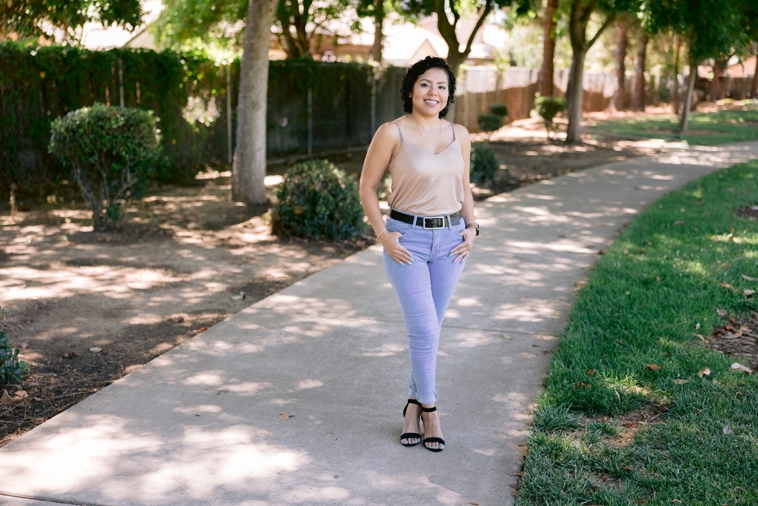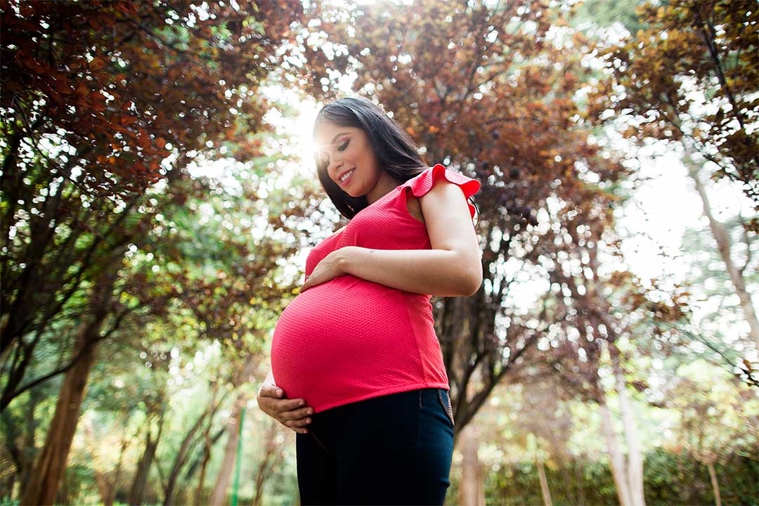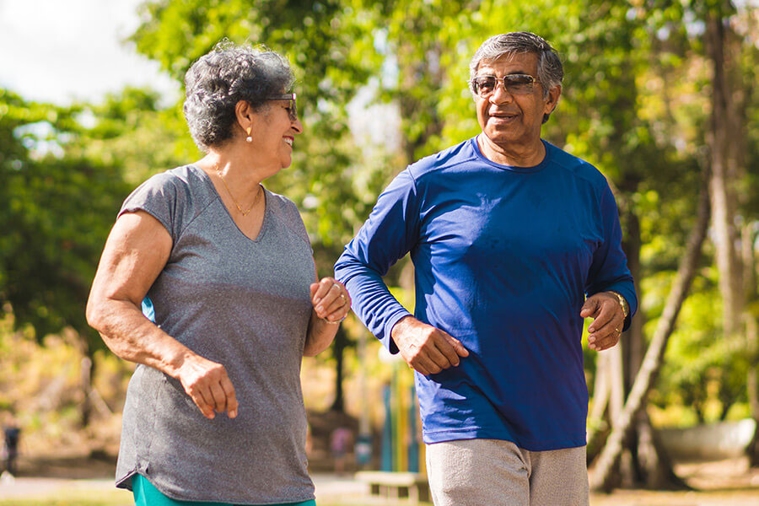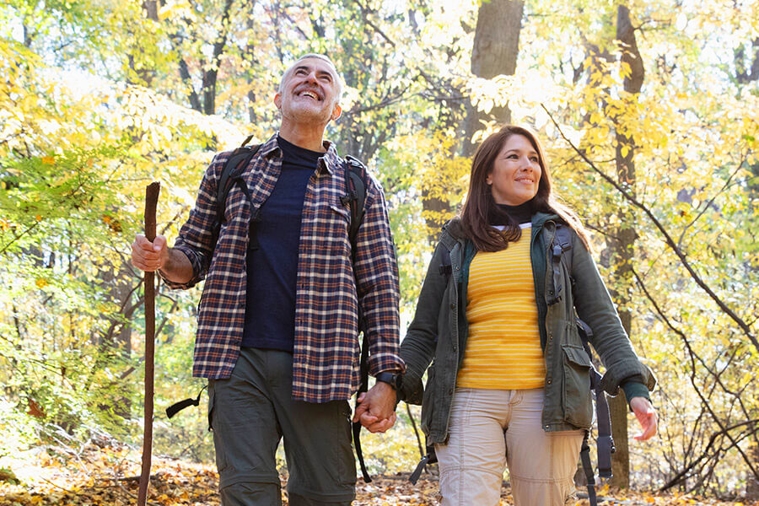
Surviving breast cancer: risk factors, early detection, treatment & support
Morena Lopez-Hernandez’s doctor asked if she had considered getting a mammogram during a routine checkup. At age 32, she thought the question seemed strange. “I thought I was too young to have cancer,” Morena says. But she decided to examine her breasts at home, and that’s when she found a lump.
“I kept thinking about what my doctor said, so I decided to get checked,” she says.
After several tests, Morena received a diagnosis of triple-negative breast cancer, an aggressive form of the disease. “I was scared when my doctor told me I had cancer,” she says. “But he said that because we found it early, we could treat it.”
One woman in eight in the U.S. will develop breast cancer in her lifetime. Knowing the risks and identifying symptoms can lead to early detection, which may have a significant impact on treatment.
Common risk factors for breast cancer
Typically, women older than 50 are considered at higher risk for breast cancer. But age isn’t the only factor. Lifestyle factors such as being mostly sedentary can contribute to a person’s breast cancer risk. Additionally, Morena has a family history of breast and ovarian cancers, which can also increase her own risks of a breast cancer diagnosis.
Early detection saves lives
Like many women with breast cancer, Morena's first sign of cancer was a lump on her breast. “I thought something might be wrong, but if my doctor hadn’t mentioned a mammogram, I might not have done anything about it,” she says. Adventist Health and Rideout’s oncologists (cancer experts) recommend that women do a monthly breast self-exam at home. An exam helps you familiarize yourself with the look and feel of your breasts so you can detect changes, like a lump.
Diagnostic screening
A mammogram, which uses a low dosage of radiation to take X-ray images of the breast, is often used to screen for cancer. Your provider may also recommend a breast ultrasound. This imaging scan uses sound waves to create a high-quality picture of breast tissue and determine whether there are masses that need further testing.
A plan for treatment
After her diagnosis, Morena worked with Khine Win, MD, a medical oncologist at the Adventist Health and Rideout Cancer Center, to develop a treatment plan. Typically, treatment begins with surgical removal of the tumor or all of the breast tissue, followed by chemotherapy, radiation or hormone therapy, which limits hormones that can help cancer cells spread. Because triple-negative breast cancer does not respond to hormone therapy, the next step in Lopez-Hernandez’s care was chemotherapy.
Seeking support
Nobody should have to experience cancer alone. For Morena, a supportive care team at Adventist Health and Rideout Cancer Center and a Facebook group of other women experiencing triple-negative breast cancer were sources of comfort. She also counted on a network of friends who bought her groceries, delivered meals and drove her to appointments.
A local fitness professional gave Morena something to look forward to during chemotherapy. “An instructor learned that I had cancer and offered free video fitness classes that I could do at home,” she says, knowing that Adventist Health providers may recommend exercise as a way to strengthen the body to fight cancer. “It gave me energy and made me happy during such a difficult time. I really think it helped my body to recover from chemotherapy.”
Quality care in your community
Cancer treatment can mean frequent trips to the clinic for appointments, tests and therapy. Thankfully, Yuba-Sutter residents have convenient access to high-quality cancer care and expertise right in their community. The Adventist Health and Rideout Cancer Center, a partnership with UC Davis Health, brings expert care and innovative treatments to Yuba-Sutter, plus wellness programs and support groups. Visit AdventistHealthRideout.org/Cancer to learn more.
Get screened
To schedule a 3D mammogram at Adventist Health and Rideout’s Center for Women’s Imaging, call 530-751-4773.


